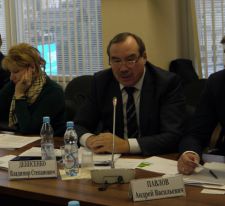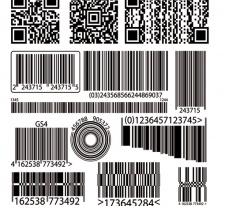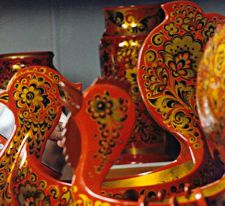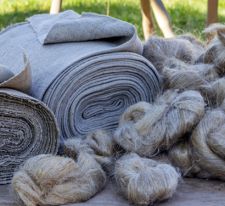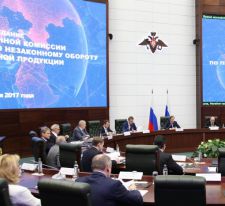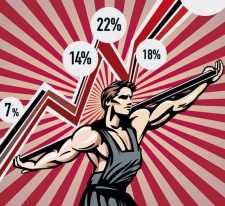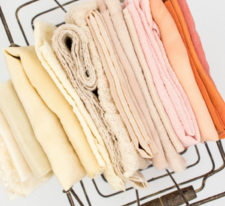Proceed to liquidation
The Ministry of Industry and Trade has prepared a draft Government Decree changing the procedure for the destruction of counterfeit light industry products, reports SOYUZLEGPROM. It is proposed to exclude the stage of their confiscation from this procedure, reducing the shelf life of products and assessing the value of counterfeit goods with the assignment of a commodity code. The document is currently being approved by the concerned departments.
The procedure for the confiscation of goods and the assessment of their value may disappear from the procedure for the liquidation of low-quality shoes, clothes, underwear and other products. The decision on the destruction of items will continue to be made by the court. The adoption of the updated version of the document will reduce the cost of storing counterfeit goods and the necessary expertise. According to experts, thanks to the abolition of confiscation, the process from seizure to destruction of counterfeit goods can be reduced by 2 weeks8 weeks.
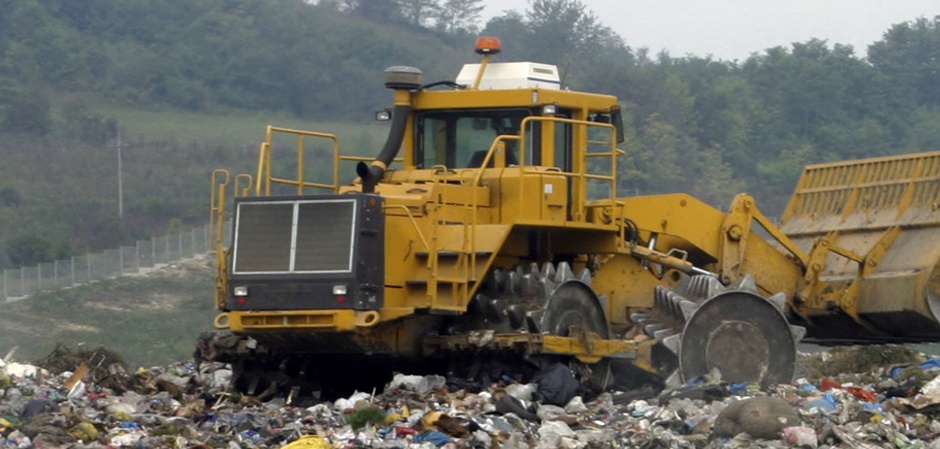
As explained in the press service of the Ministry of Industry and Trade, the draft Resolution was developed in the development of two sets of amendments that toughen the punishment for illegal import of light industry products and simplify the procedure for its destruction.
In the press services Rosimushchestvo, Rospotrebnadzor, Ministry of Finance and Ministry of Economic Development reported that the draft Resolution is under consideration in these departments. The FCS refrained from commenting.
According to the document, light industry goods seized from illegal circulation during criminal or administrative proceedings are transferred by the body that seized the counterfeit to the Federal Property Management Agency and its territorial authorities for destruction. Three methods of liquidation of light industry goods are proposed: grinding them with a bulldozer, crushing and crushing in industrial shredders and crushers, as well as burning in a high-temperature furnace. After that, the waste is buried in landfills or (if the second method was used) sent for recycling. More information about the legal and economic aspects of the issue can be found on the website СОЮЗЛЕГПРОМа.
Photo: shutterstock.com


